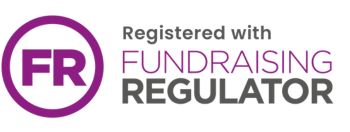In a fascinating study published this summer in the journal Neuropsychologia, researchers in Switzerland compared a man with object agnosia to seven unaffected, agematched control subjects.
The patient, referred to as AL, was a 75-year-old, highlyeducated man who suffered a stroke three years previously. The stroke caused injury to areas of the left side of his brain called the lateral occipital cortex (LOC) and parts of the temporal lobe, which are known to be involved in object recognition.
Visual object identification seems amazingly easy to most of us, considering that the retinal image projected by objects varies in almost infinite ways according to their size, viewpoint, illumination or position. The LOC seems important for some aspects of the process because it is activated when we view pictures of common objects compared to scrambled images.
AL and the control participants were given a series of object and face recognition tests to complete while having their brain activity monitored using an imaging technique known as functional magnetic resonance imaging (fMRI).
AL demonstrated remarkably pure visual recognition deficits, including the inability to recognise words and objects. This is despite the fact that he has no visual problems and is easily able to recognise words and objects if presented verbally or asked to recognise them by touch. The fMRI results showed no activation in the damaged areas of his left LOC when examining the objects.
AL is also quite capable of recognising and describing structure and details, indicating that the LOC is unconcerned with these aspects of recognition or with an object's function. Rather, it influences the way visual information is passed on to higher levels of processing.
Interestingly, AL's uninjured right LOC, which should be expected to compensate for the damaged left side, actually showed decreased activity when viewing objects. This provides a potentially important insight into the way different brain regions work together. It appears that object recognition depends on the interaction of the two brain hemispheres and that the injured LOC actually inhibits the activity of the functional one.
A further insight from this case comes from AL's ability to recognise faces, which was slightly impaired in comparison with the control group, but still perfectly acceptable. The area of his right hemisphere associated with face recognition (the fusiform gyrus) showed normal levels of activity when viewing faces, yet none when viewing objects. This provides further evidence for the brain's specialised system of face recognition.
Reference
Back









